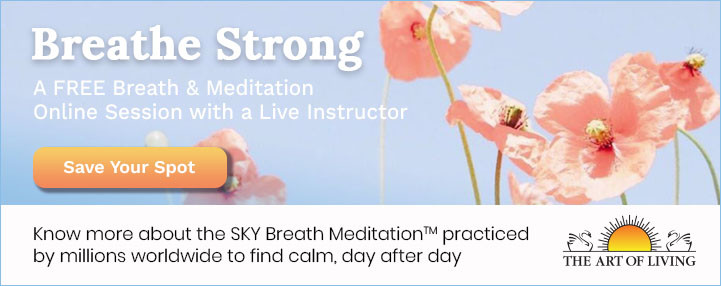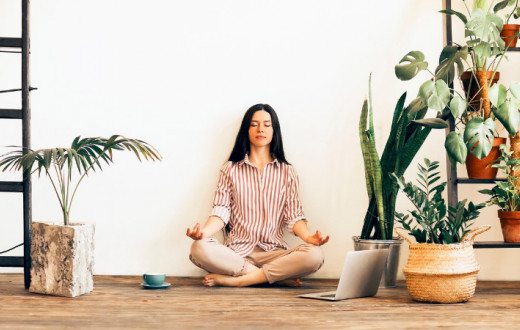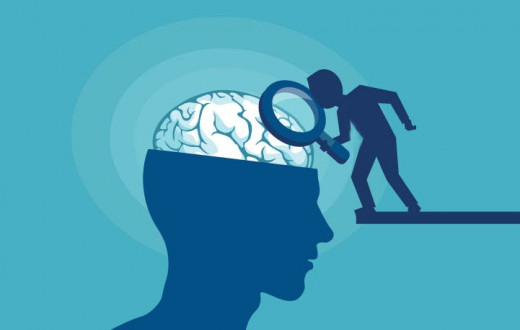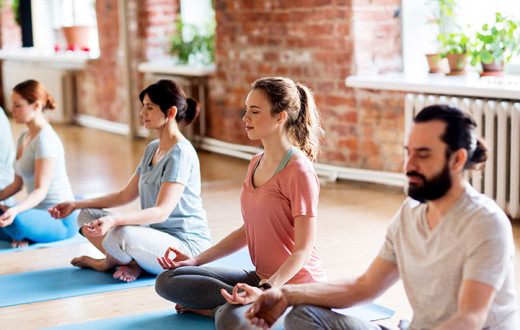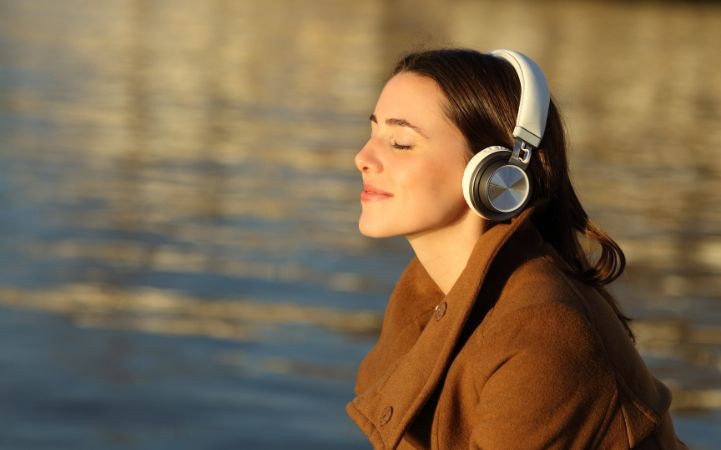
What is guided imagery meditation?
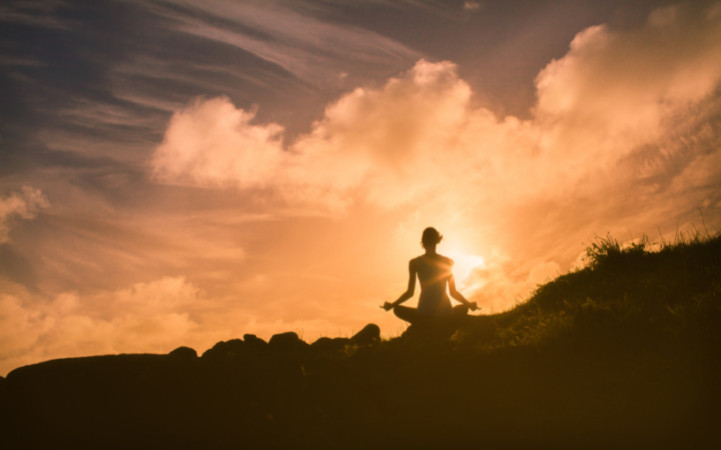
Did you know that 55 percent of Americans report feeling stressed during the day? Although it’s normal to feel stressed out from time to time, long-term stress can put a strain on your physical and mental health, even leading to serious health issues. Therefore, it’s best to combat stress before it worsens through relaxation techniques and meditation.
One of the increasingly popular meditation techniques you’ll read about online is guided imagery or visualization meditation. Guided imagery meditations involve using all of your senses to create images in your mind that feel like real events. The idea behind imagery meditations is connecting your mind and body to stimulate changes in your blood pressure, breathing, and heart rate to lower stress levels. As a result, participants report feeling more relaxed after doing guided imagery meditations.
Despite their popularity online, guided imagery meditations are unlike traditional meditation, which focuses on resting your mind. Since meditation should be effortless and only require a gentle guiding effort of attention, it’s important to understand the best way for you to practice guided meditations. For some, this may mean resting your mind while for others it requires awareness of things that are at work.
Still, if you’re considering this meditation practice, you should understand how it works, the benefits of guided imagery, and what alternatives exist. Keep reading to learn all that and more!
How does guided imagery meditation work?

Guided imagery meditation is a relaxation technique you can practice no matter where you are. It’s a lot like daydreaming in that you simply imagine a peaceful place, such as the beach, your childhood backyard, or a cafe in Paris.
The idea is to not only have a visual picture in your mind but to also imagine what you can hear, feel, smell, and taste. This meditation exercise engages your imagination, triggering a mind-body physical and emotional response as if you were actually living the experience in real life.
As a result, you will notice your breaths per minute reduce as you become calmer and less tense. Your heart rate may slow down as well. These are signs that the guided imagery is working.
There are many guided imagery recordings or videos online, but you can also attend a guided imagery session at a yoga or wellness center near you.
The pros and cons of guided imagery meditation

As mentioned, guided imagery meditation is much different than traditional meditation, where the mind is at rest. Guided visualization engages your mind, meaning that you don’t reap the same benefits as you typically would during true meditation.
Still, some people enjoy this relaxation technique. Before you try it, consider the pros and cons listed below!
The pros
Guided imagery can positively affect your health in several ways, but most people practice it to reduce stress and anxiety.
If you use guided imagery to relax when you are going through an especially stressful moment, it can bring immediate results. However, it may take some practice to really get the hang of guided imagery and achieve the desired effects. Moreover, regular practice can also lead to the following benefits.
Improved sleep quality
If you’ve ever spent hours tossing and turning at night, guided imagery may help you relax and unwind before bed. Letting go of your worries and stresses can help you fall asleep faster.
Some people even use this technique as an alternative to “counting sheep” because it has a similar goal — to take your mind off your worries or inability to fall asleep, helping you relax.
Decreased pain perception

If you deal with chronic illness, guided imagery may help you with pain management. Although guided imagery can’t remove physical pain, it can help take your mind off it through pleasant images. When you’re less focused on the pain, you may not feel it as intensely and experience some pain relief, even if just momentarily.
Reduced symptoms of depression
Often, anxiety, panic attacks, and even depressive episodes are fueled by increased negative thoughts. Learning to put those negative feelings aside and focus on the positive with guided imagery may help you combat your depression or at least reduce the symptoms.
The cons
There are some cons associated with guided imagery, and some people report negative side effects. The most common issue some people have is increased feelings of anxiety. This is likely the result that people with anxiety may become overstimulated during guided imagery meditations. As a result, they may have heightened stress levels, increased feelings of depression, or other negative feelings.
Additionally, you may find that guided imagery meditations leave you feeling less than well-rested. This is because your mind has been active throughout the meditation process. In this case, it may be beneficial to try a different guided imagery meditation method.
If you’re concerned about these side effects, you may prefer to try a different form of meditation that relaxes your mind and puts it to rest instead of engaging it.
Alternatives to guided imagery meditation
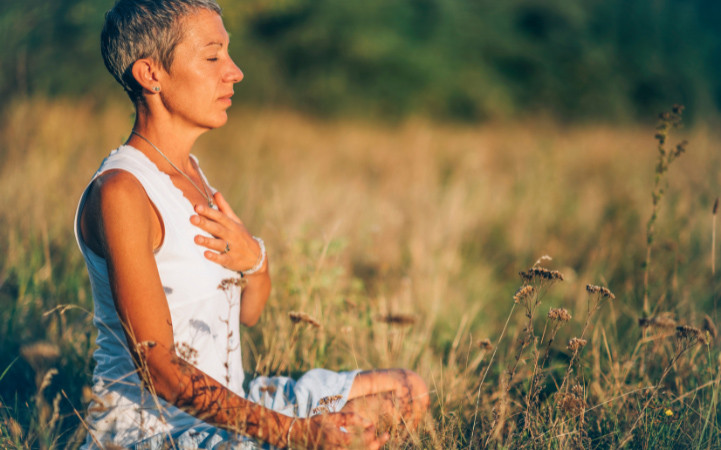
Guided imagery meditation isn’t for everyone, and many people prefer true meditation, a practice that puts your mind to rest rather than engaging the senses. If you would like to try meditation, we recommend the following alternatives.
Guided meditations
If you haven’t learned a meditation technique yet, guided meditation can help you get started. They are easy to access using an app on your phone, meaning you can do them anywhere and anytime. After choosing a guided meditation for beginners, relax and close your eyes. Then, follow the effortless instructions provided in the audio recording.
Our Art of Living Journey App has a collection of guided meditations you can try. Best of all, there’s a free trial so you can explore this practice without having to spend any money.
Breath meditation
Breath meditation uses deep breathing exercises and techniques to help you let go of stressful situations and feel a sense of inner peace and well-being.
Some people like to practice breath awareness mindfulness meditation, in which they observe their breathing as they inhale and exhale. Without much effort, they practice deep breathing at a comfortable pace. As simple as it sounds, your breath is powerful and can help you find deep relaxation as you let go of tension. Our SKY Breath Meditation course can help you unlock the power of your breath in just a few sessions!
Sleep meditations

Meditation is an excellent way to improve the quality of your sleep since it helps you clear your head and be more mindful of the present moment. If you struggle to fall asleep because you can’t take your mind off the problems of your daily life, sleep meditations may be a good idea.
These specific guided meditations allow you to let go of stress while you reduce anxiety and tension in your entire body. Upon completion, you’ll find yourself feeling ready to fall asleep.
Explore other meditative methods with The Art of Living
Guided imagery is similar to daydreaming, and while it can help you relax, it isn’t true meditation. If you want to experience the full benefits of a meditation practice and maximize the effects of your sessions, we recommend trying our SKY Breath Meditation course.
SKY Breath Meditation is perfect for beginners, easy to learn, and can be done anywhere you go. Best of all, it’s an evidence-based practice that’s been tried and tested, so you can have the peace of mind that it works! If you’d like to learn more about SKY, we invite you to join a free intro session!
